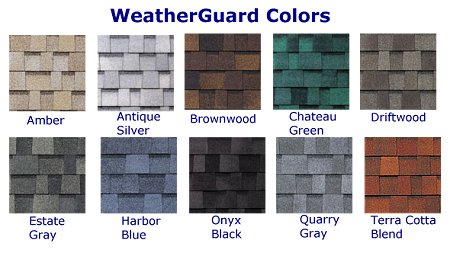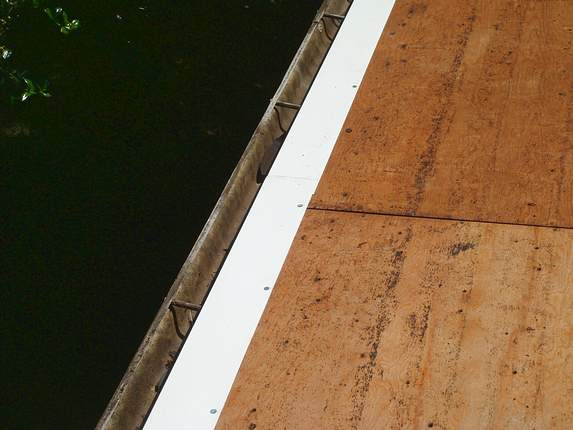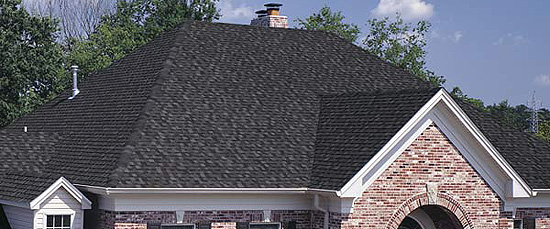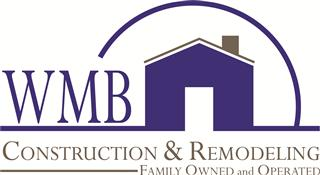Your roof is the main component of your home that protects your entire investment. A leaking roof can cause a variety of problems to your home and in some instances leave your home worthless. A common problem with a poor roof is toxic mold! Leaking water penetrates through your roof shingles and can go unnoticed for years until the damage has grown to unsizedly proportions. Once mold has become established it can be very hard and costly to remove and not to mention the health problems it can cause.

What is Toxic Mold?
Toxic mold is a type of mold that produces hazardous byproducts, called mycotoxins. While individuals with asthma and other respiratory problems may have reactions to many types of mold, it's thought that mycotoxins are more likely to trigger health problems in even healthy individuals. These toxins are believed to be linked to memory loss and to severe lung problems in infants and the elderly.
Floating particles of mold are invisible to the naked eye, so it's impossible to see where they might have landed until they begin to grow. Loose mold particles that accumulate on items within a house are easily inhaled and can be a constant irritation to the people and pets who live there.
The toxic mold we hear most about is Stachybotrys chartarum, a slimy, greenish-black mold that grows on moisture-laden materials that contain cellulose, such as wood, paper, drywall, and other similar products. It does not grow on tile or cement.
Even if the mold in your home is not toxic mold, it can still be a problem, because any mold growing on organic materials will in time destroy them--and too much mold of any type smells bad and degrades air quality.
Mold thrives in damp, humid conditions:
-
Bathrooms with poor ventilation. Install an exhaust fan if possible.
-
Leaky water pipes. Repair them immediately.
-
Roof leaks. Repair them right away.
-
Flood aftermath. Repair as soon as possible.
-
Clothes dryers and exhaust fans that vent under the house or back into the room. Vent them to the outside.
Health concerns due to toxic mold:
-
Respiratory infections
-
Swelling of the eyes
-
Nose and throat problems
-
Asthma
-
Elevated risk for bronchitis
-
Lung and skin infections
-
Neurological problems

If your home needs a new roof you most likely have an older three tab shingle that carries a 20-25 year life span. Newer architectural shingles carry a standard 30 year with options up to 50 years. There are many different colors to choose from to make a huge transition to your home.

Proper ventilation also plays a big part in the longevity of your roof. Keeping your roof and attic cooler will have a huge effect on the efficiency of your home. Just think of your car on a hot summers day with the windows rolled up and how hot and stale the air is. That is the same environment as your attic except it is dark and even hotter. Now if you cracked the windows in your car you would immediately feel fresh air and the car would cool instantly. Proper ventilation also helps prevent against mold, mildew and dry rotting.
Key roof ventilation components:
-
Ridge vent
-
Soffit vents
-
Gable vents
-
Attic fan

Components on your roof deck are necessary before roof shingles have been applied. First, aluminum drip edge needs to be installed around the entire perimeter of roof. Aluminum drip edge prevents capillary action and sheds water away from your home instead of back into your home. Second, ice dam is installed on lower section of roof deck, in valleys, around chimneys and skylights. Ice dam material greatly cuts down on water penetrating your home due to ice damming that we frequently experience here in the Northeast. Third, felt paper will cover the rest of the entire roof deck for added protection and act as a vapor barrier.


At the end of the day it is always good to have peace in mind that your largest investment is protected and your family is safe. Mold is responsible for billions of dollars in damage a years and can make a million dollar home worth just pennies. Water is mother natures most powerful force and it is our job to keep it out. Water penetration can go unknown for years and by then the damage has been done. This can be prevented by annual inspections by a qualified roofing professional.



Topics:
construction-general-painting-monroe,
orange county ny,
General Contractor,
Construction,
Composite Decking Orange County NY,
construction-general--monroe,
Roofing Monroe NY











